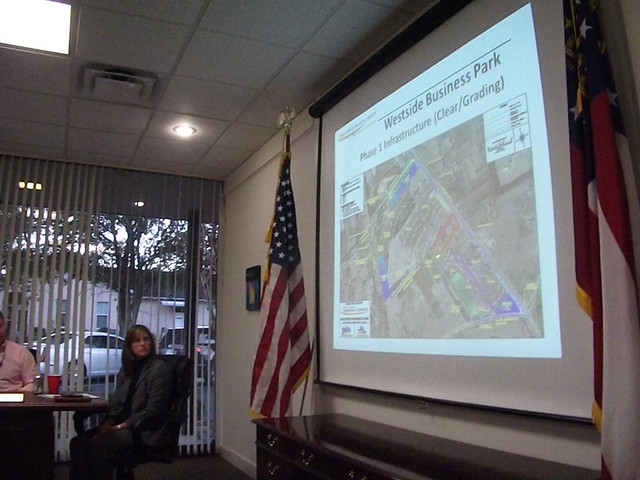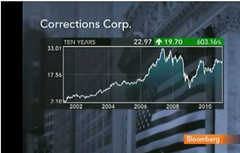 According to what Col. Ricketts said at their most recent regular meeting,
apparently what VLCIA is accepting bids for today is Phase 2, not Phase 1,
of Infrastructure for Westside Business Park.
I still give them credit for at least
posting an announcement of today’s meeting on their website.
According to what Col. Ricketts said at their most recent regular meeting,
apparently what VLCIA is accepting bids for today is Phase 2, not Phase 1,
of Infrastructure for Westside Business Park.
I still give them credit for at least
posting an announcement of today’s meeting on their website.
The red rectangle indicates the area of clearing and grading
for Phase 1 Infrastructure for Westside Business Park.
Col. Ricketts said that had already been completed.
This is all on Belleville Road near Lake Park.

They had already asked for bids for Phase 2, which is for an internal roadway, storm water and sewer, lighting, paving, etc.
They called for bids on the 24th, so the special called meeting of today (27th) is presumably to accept a final bid for Phase 2.
Here’s the video:
Video: Infrastructure, Westside Business Park @ VLCIA 2012 01 17
Regular Meeting, Valdosta-Lowndes County Industrial Authority (VLCIA),
Norman Bennett, Tom Call, Roy Copeland chairman, Mary Gooding, Jerry Jennett,
Andrea Schruijer Executive Director, J. Stephen Gupton attorney, Allan Ricketts Project Manager,
Valdosta, Lowndes County, Georgia, 17 January 2012.
Videos by John S. Quarterman for LAKE, the Lowndes Area Knowledge Exchange.
-jsq















